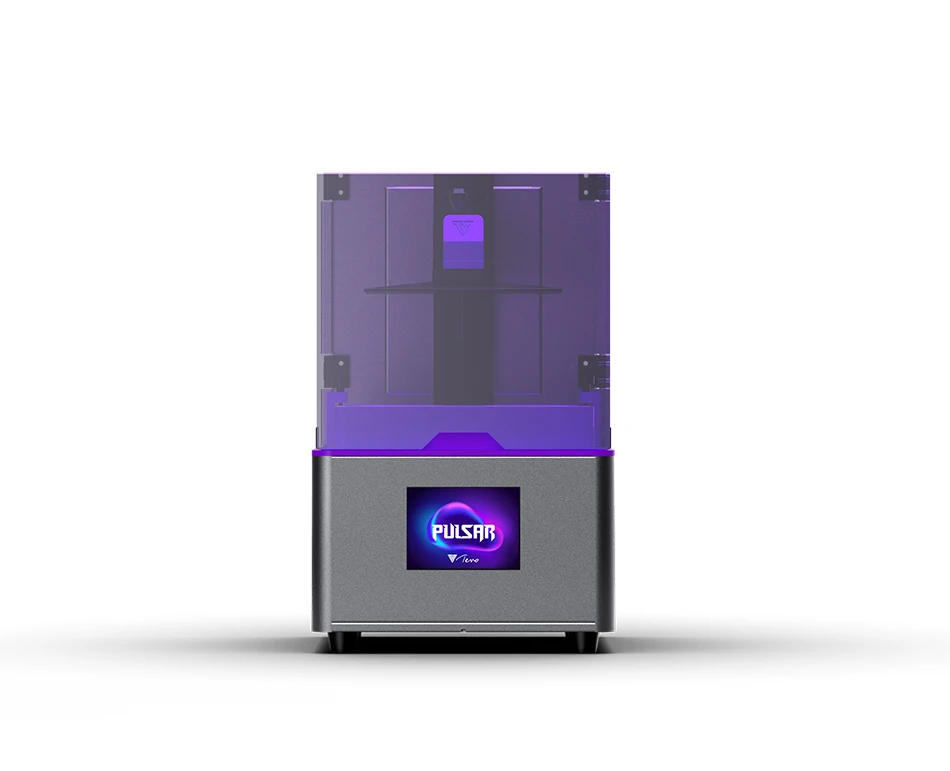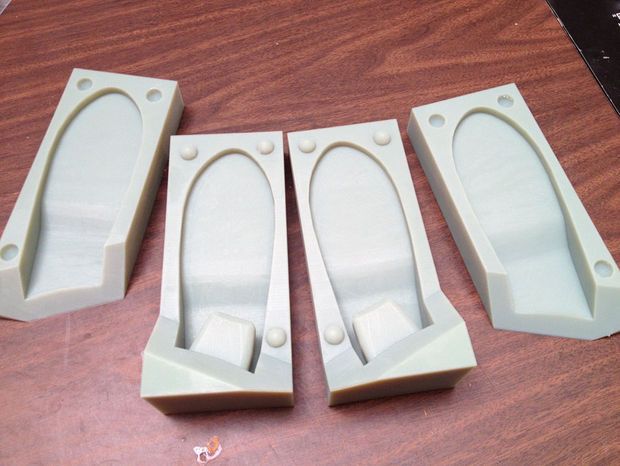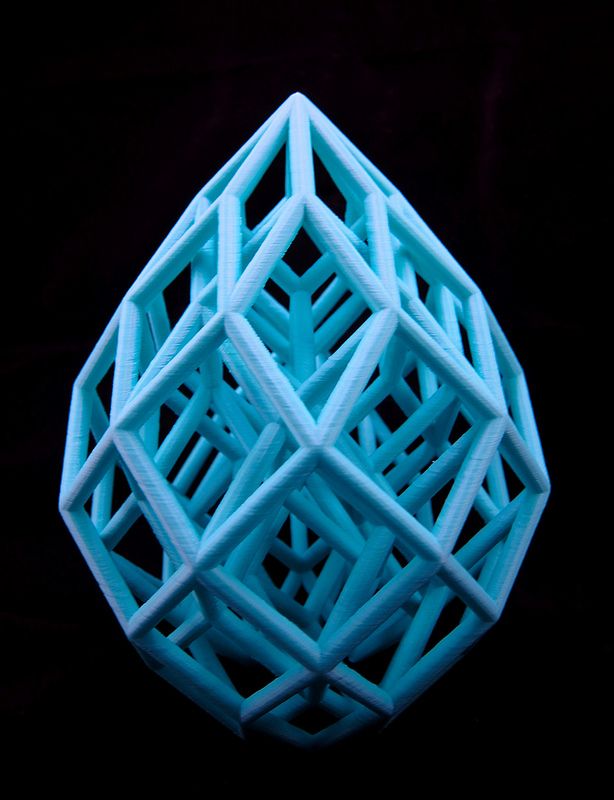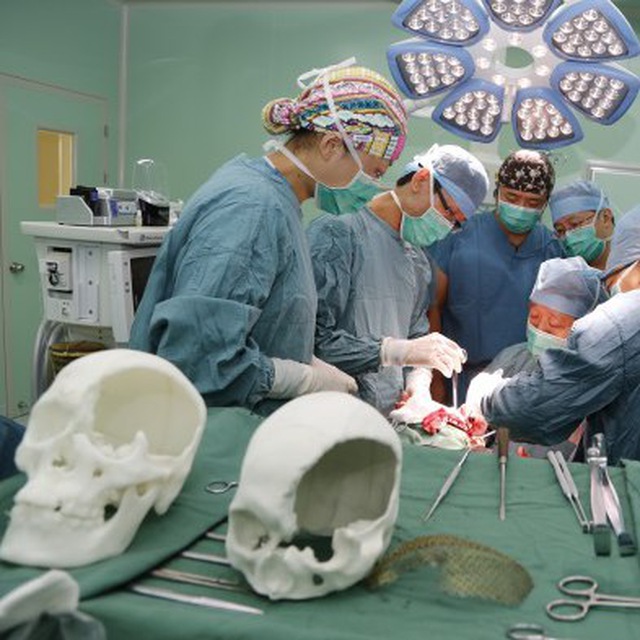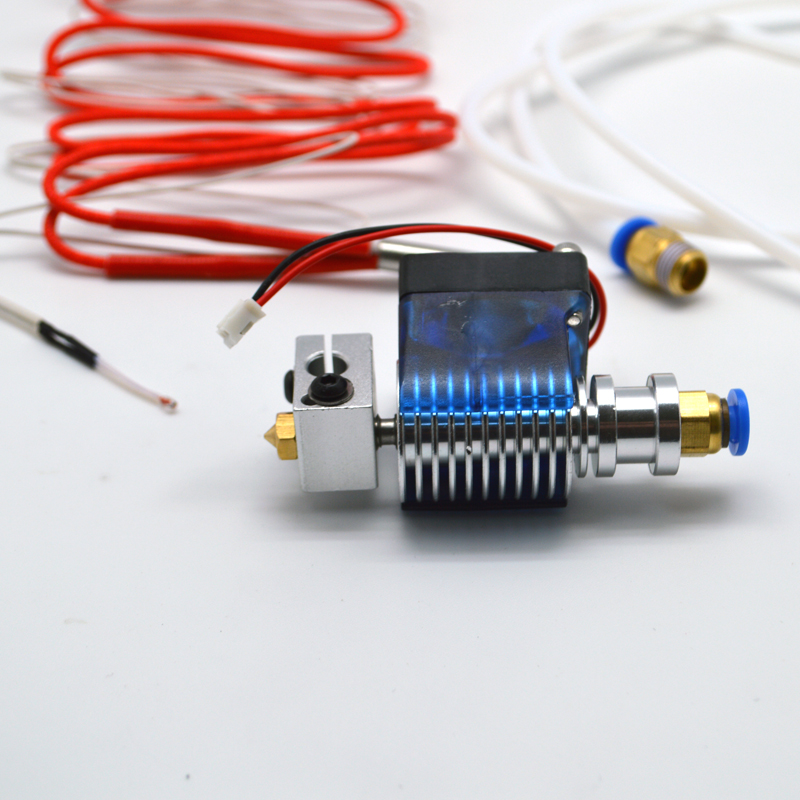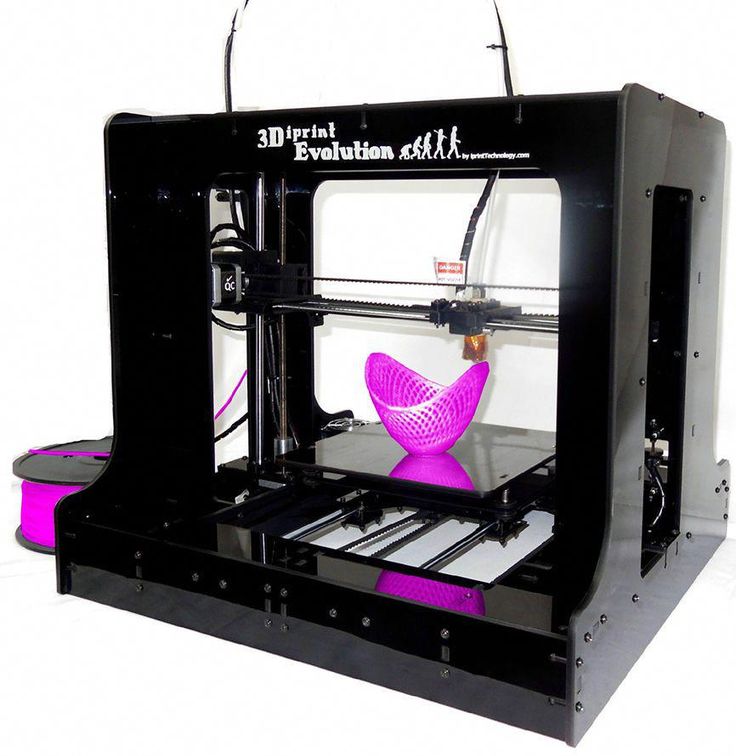3D printed ant nest
Ant Farm 3D Printed Nest With Acrylic Feed Area
Please review all photos before purchasing to make sure the size of the farm matches your needs.
The Color of the farm maybe lighter or darker in person and in different types of lighting. It also depends on the PLA batch that I currently have. But primarily the color of the farm is Gray.
3D printed base with plaster poured into the floor of the nest, helps to spread and create a nice humid environment mimicking ants natural habitat.
The nest area has a museum glass cover that lays flushed over the nest area.
There are 3 total expansion/ connector holes, all 1cm in diameter. 2 holes are located in the acrylic feeding box area and 1 hole is on the side of the nest. Please use these holes to transfer your ants from their old farm by connecting a tube and let them move in on their own. Placing food in the new farm will encourage them to move over. This may take a bit longer but will put less stress on them.
You can also use these connector holes to expand their nest area or feeding/ roaming area.
All interior holes in the nest are 7mm in diameter, please double check the size of your ants before purchasing to make sure they are able to fit.
The lava rocks used inside the nest is natural, so the one you receive will be different, but it will be similar to the size shown in the photos.
This item is part handmade and part 3D printed, so each will have very tiny, tiny minor differences, but the farm you receive will be pretty much like shown in the photos.
————————
Please message me BEFORE* purchasing if you have any questions.
- Never place your ant farm in/ under/ near any direct light
- Item may contain glass, acrylic, ceramic or other fragile material. Please remember to be careful when opening & unwrapping your package.
- Item may have sharp and/ or pointy edges and be fragile, please be careful when handling it.
- Not for children to play with or use without adult supervision
Please keep in mind that: Handmade items and 3D printed items are never perfect. Item in photo is an example, and what you receive, I will try my best to make each one consistent as possible (like the photo)
Please kindly understand that I cannot be responsible for lost, damaged or delayed packages once it is shipped out and is in the shipping carriers system.
Purchasing this items mean that you agree that I am not responsible for your package being lost, delayed or damaged during transit.
Please do not assume an item is a specific size if there are no dimensions listed.
Send me a message to ask about the size if you are unsure or if it happens to not be listed.
Most items are small, so photos are taken at a close view so that details of the item are able to be seen.
Please message me if you have any* questions at all, before purchasing.
3D Printed Formicarium? - General Ant Keeping
#1 Offline Antennal_Scrobe - Posted
July 24 2019 - 10:09 AMAre 3D printed nests generally good for keeping ants? If so, what are some good tips I could use if I were to design one? Has anyone had any experience keeping ants in such a nest?
- Back to top
#2 Offline AntPhycho - Posted
July 24 2019 - 10:17 AMAre 3D printed nests generally good for keeping ants? If so, what are some good tips I could use if I were to design one? Has anyone had any experience keeping ants in such a nest?
I find that 3D printed (and bare acrylic) formicariums work great with small species like Solenopsis or Tetramorium.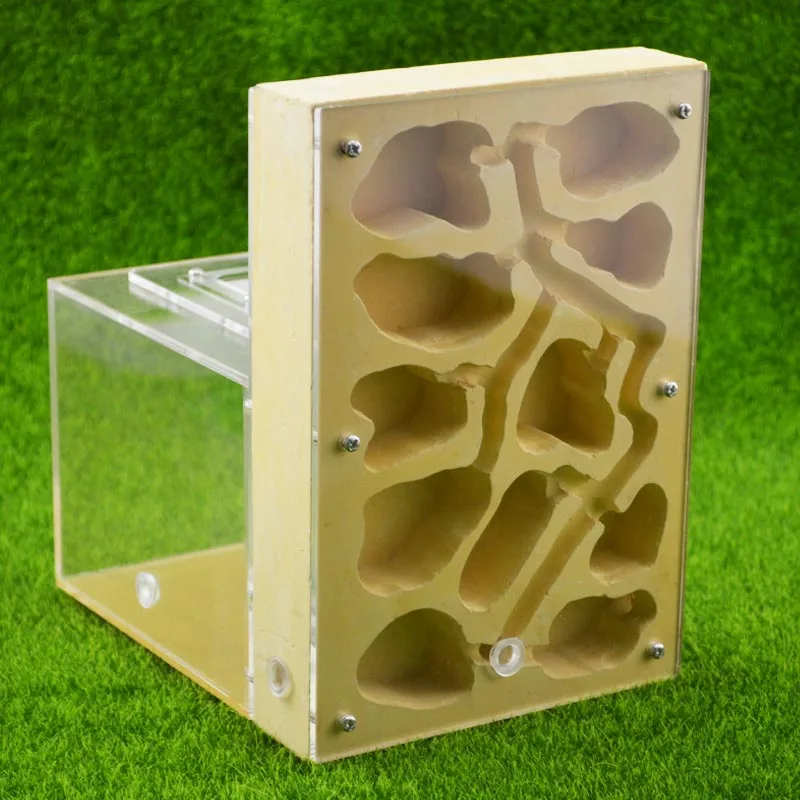 You can get many free formicarium templates on https://www.thingive...675d38a07048d88
You can get many free formicarium templates on https://www.thingive...675d38a07048d88
- Back to top
#3 Offline Antennal_Scrobe - Posted
July 24 2019 - 10:35 AMI imagine 3D printed designs are even better than acrylic though, because they do have a texture of sorts that ants can cling to. Not to mention cheaper and easier to make.
- Back to top
#4 Offline Antennal_Scrobe - Posted
July 24 2019 - 10:38 AMI think I will go for a Hybrid Nest style water tray under the nest, with a portion of the floor being a mesh that water vapor can go through.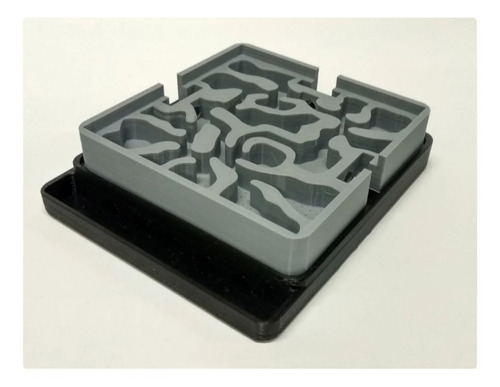 I'm not sure, however, if I need to put cotton in the tray. I would much rather do without, and because Tarheel Ants nests work fine without any cotton at all, I think I could do this without any problems.
I'm not sure, however, if I need to put cotton in the tray. I would much rather do without, and because Tarheel Ants nests work fine without any cotton at all, I think I could do this without any problems.
- Back to top
#5 Offline AntPhycho - Posted
July 24 2019 - 10:39 AMI imagine 3D printed designs are even better than acrylic though, because they do have a texture of sorts that ants can cling to. Not to mention cheaper and easier to make.
When it comes down to it, they are both bare plastic.
- Antennal_Scrobe likes this
- Back to top
#6 Offline betterForm - Posted
July 24 2019 - 11:55 AMAre 3D printed nests generally good for keeping ants? If so, what are some good tips I could use if I were to design one? Has anyone had any experience keeping ants in such a nest?
See my 3d printed modular formicarium. ..
..
Messor's...
Camponotus ...
my development blog >>
- dermy, AntPhycho, rbarreto and 2 others like this
- Back to top
#7 Offline Antennal_Scrobe - Posted
July 24 2019 - 1:04 PMCooool!
- Back to top
#8 Offline Silq - Posted
July 24 2019 - 1:21 PM
Are 3D printed nests generally good for keeping ants? If so, what are some good tips I could use if I were to design one? Has anyone had any experience keeping ants in such a nest?
See my 3d printed modular formicarium.
..
my development blog >>
crazy how I was trying to browse this forum yesterday during work then it went down. I was getting back into 3D printing and searched Thingiverse then they crashed. I checked this morning and I actually ran into your 3D model on thingiverse and downloaded it. That is so cool that you are a poster there and here. I have camponotus too and was worried if these would work with them but now I know. I will try to print it this week. My only concern is that I am using a MP mini so my print bed size is limited to 120x120 but it looks like most of everything are smaller parts. I'll check it out in a bit after I finish my other prints.
- betterForm likes this
- Back to top
#9 Offline betterForm - Posted
July 25 2019 - 1:12 AM.
..
my print bed size is limited to 120x120....
maximum block size: 102 mm.
- Silq likes this
- Back to top
What does it cost us to build everything! Most Exciting 3D Printing Projects / Software
⇡#Clothes Made by Printer
Designers of all stripes, regardless of occupation, are showing an increased interest in the new 3D printing technology. Are no exception and those who are engaged in the development of clothing. At a fashion show, the most famous fashion designers do not consider it shameful to demonstrate clothes made from non-standard materials. Often on the podium you can see amazing robes made of wood, metal, plastic - beautiful and completely impractical clothes that are rather symbolic. But if you approach the issue of creating dresses, trousers and shirts in this way, then why not use a 3D printer? Especially since 3D printing can do what a fashion designer can only dream of - almost instantly provide a result.
⇡#Dress sewn according to the formula
One of the first who set out to print clothes on a printer was designer Michael Schmidt. His first creation is a one-of-a-kind dress made entirely with the help of the Shapeways web service (not counting the decorative Swarovski crystals that adorned the finished outfit).
For an unusual dress, an unusual way of designing it was also used. The dress was literally programmed and calculated. Fashion designers are usually far from science, so the help of another person who would have a technical mindset was needed. Michael turned to his friend, the architect Francis Bitonti. After conferring, they came to the conclusion that the surest way to derive a formula for a dress is to refer to the golden ratio, which is easily described by the Fibonacci number sequence. Around this famous mathematical calculation, disputes have long been ongoing. The Fibonacci sequence is interesting because it can be found in the most unexpected creations of nature.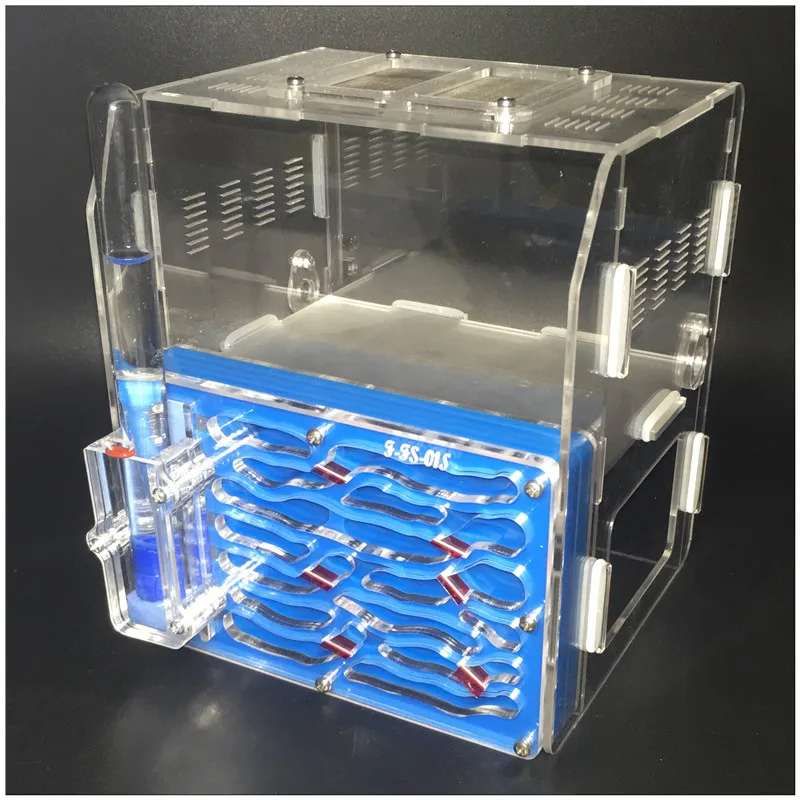 Fibonacci numbers can describe the arrangement of seeds in a sunflower, the placement of leaves on a tree, and much more. And yet, according to a popular hypothesis, many man-made masterpieces became such precisely because the rules of the golden section were observed during their creation. Many designers tend to assume that this rule allows you to get the harmony of form. Michael Schmidt was of the same opinion. The curves drawn using the Fibonacci sequence were superimposed on the contours of the female figure, as a result of which the “ideal” topology of the dress was obtained, from which the layout for printing was drawn up.
Fibonacci numbers can describe the arrangement of seeds in a sunflower, the placement of leaves on a tree, and much more. And yet, according to a popular hypothesis, many man-made masterpieces became such precisely because the rules of the golden section were observed during their creation. Many designers tend to assume that this rule allows you to get the harmony of form. Michael Schmidt was of the same opinion. The curves drawn using the Fibonacci sequence were superimposed on the contours of the female figure, as a result of which the “ideal” topology of the dress was obtained, from which the layout for printing was drawn up.
We can't claim that the golden section rule worked 100%, but the printed version of the clothes looks really good. It contains more than three thousand fastened movable elements that give the dress some elasticity.
⇡#3D shoes
While others are just exploring the possibilities of using 3D printing to produce outfits, renowned sportswear and footwear manufacturer Nike has taken 3D printing to the industrial scale.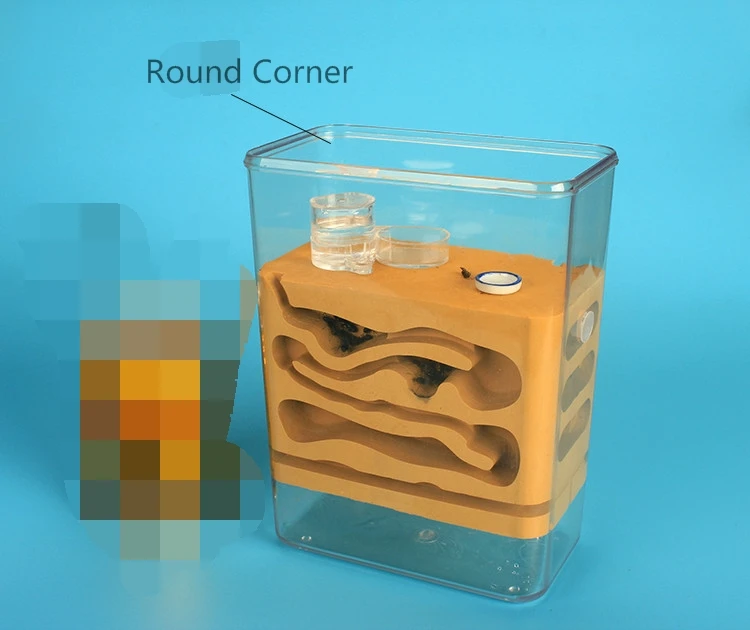 This brand has announced a new technology for the production of sports boots, which will allow the company to abandon the long process of creating template molds.
This brand has announced a new technology for the production of sports boots, which will allow the company to abandon the long process of creating template molds.
The most important thing in sports shoes is maximum grip on the ground. If we consider shoes as a construction, then the main part responsible for the sporting characteristics of the model is the sole. The results demonstrated by the athlete directly depend on the shape of the spikes, their number and the variant of their location on the shoe. Nike has developed a new outsole shaping principle based on selective laser sintering technology.
According to the company, soon the shape of the sole on the shoe can be corrected in a matter of hours, releasing models taking into account the individual characteristics of the athlete. The company's designers are delighted with the new approach. Now you can experiment with 3D printing every day and not languish in anticipation of the next protector prototype being received and tested.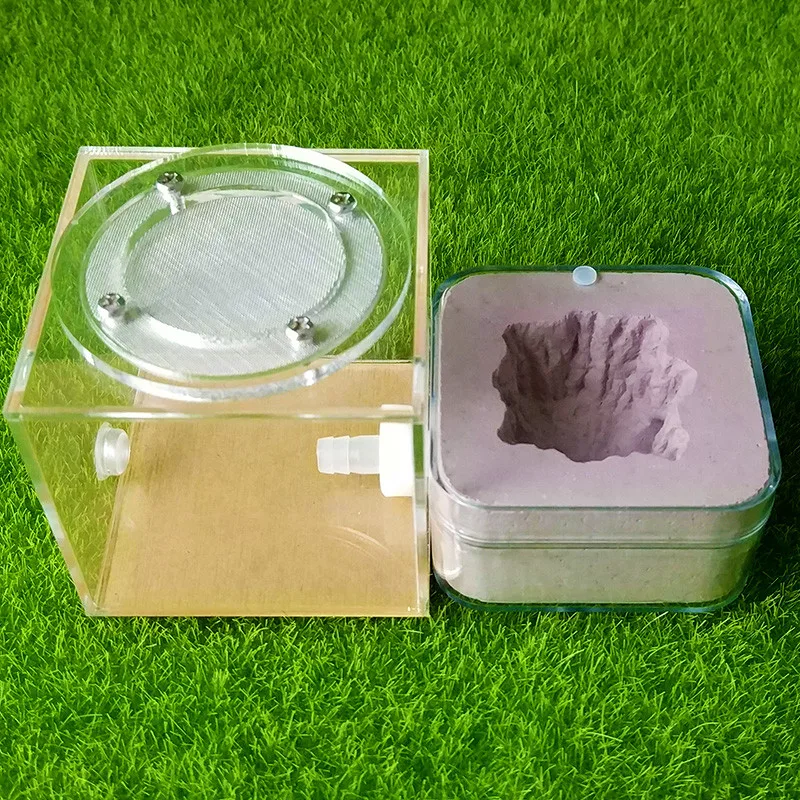
⇡#3D printer as a sewing machine
A 3D printer developed at Carnegie Mellon University and a team of scientists at Disney Research in Pittsburgh is capable of creating 3D models from... soft yarn. The operation of such a 3D printer is somewhat reminiscent of a sewing machine. Along the base moves the needle combined with the print head, which forms the geometry of the printed model by felting. The first thought that comes to mind when you see such a device is that you can easily make soft children's toys with it. And in this sense, the fact that specialists from the ubiquitous Disney company had a hand in creating the printer seems very symbolic to us.
⇡#3D printing for driving and flying
Printed supercars
The main material used in most 3D printing devices today is ABS plastic (sometimes PLA is used - biodegradable plastic).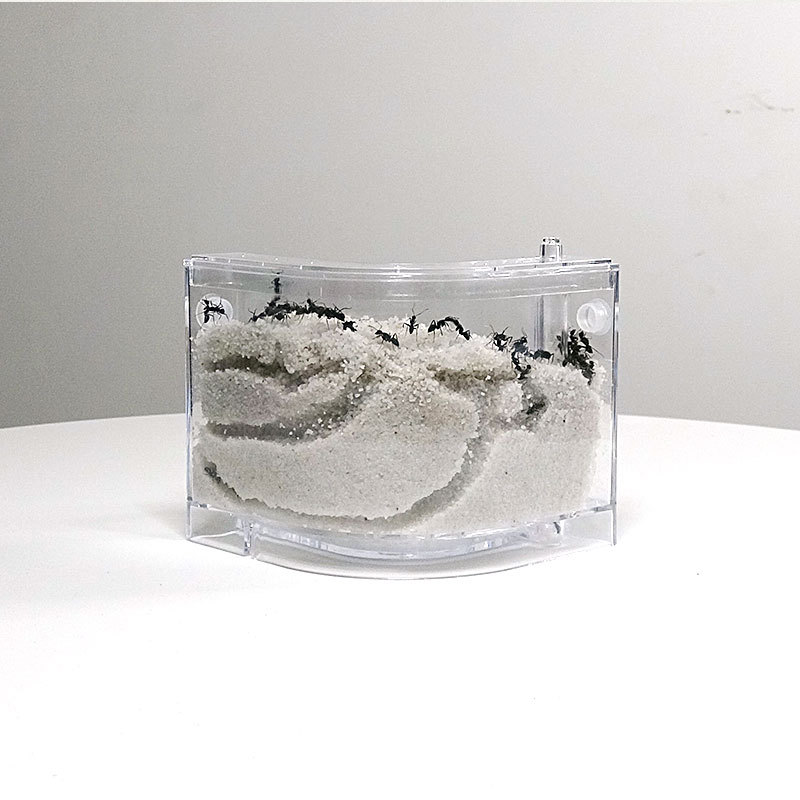 Products made with it can be coated with paint, varnish. Visually "disguised" plastic in such models can sometimes even be confused with some other material, such as metal. This material has many advantages. ABS material is non-toxic, impact resistant, can contact with water, resistant to alkalis, does not react with fats, gasoline, lubricants, hydrocarbons.
Products made with it can be coated with paint, varnish. Visually "disguised" plastic in such models can sometimes even be confused with some other material, such as metal. This material has many advantages. ABS material is non-toxic, impact resistant, can contact with water, resistant to alkalis, does not react with fats, gasoline, lubricants, hydrocarbons.
Swedish supercar manufacturer Koenigsegg has taken advantage of all these qualities in the production of the new Koenigsegg One:1. This machine has amazing features. The power of 1360 horsepower alone (which equates to one megawatt) is enough for the car to be considered the world's first representative of a new class of cars - megacars. By the way, the very name of the new car has a hidden meaning, “one to one” means the ratio of power and weight of the car, which, thanks to the careful selection of materials, is only 1340 kg.
Designing this machine, the Swedish company's specialists regularly turned to 3D technologies. Before the approval of a particular component of the car, preliminary testing of a part printed on a 3D printer was often carried out. Sometimes Swedish designers used three-dimensional scanning, which made it possible to quickly create a basic model of a particular part.
Before the approval of a particular component of the car, preliminary testing of a part printed on a 3D printer was often carried out. Sometimes Swedish designers used three-dimensional scanning, which made it possible to quickly create a basic model of a particular part.
In addition to ABS, which was ideal for prototyping, the engineers also used printing of titanium structures. So, for example, components of a new turbocharger with variable geometry were printed on a 3D printer. A titanium exhaust tip was also made, reducing the weight of the structure by 14 ounces (400 grams).
3D technology has made it possible to noticeably speed up the process of developing the design of components and in some cases even reduce the cost of production (the retail price of the machine was two million dollars in the end).
If you find Swedish supercar manufacturer Koenigsegg's masterpiece beyond your means, don't be discouraged. There is a great way to save money. Pay attention to another supercar - from a small American company Rezvani Motors.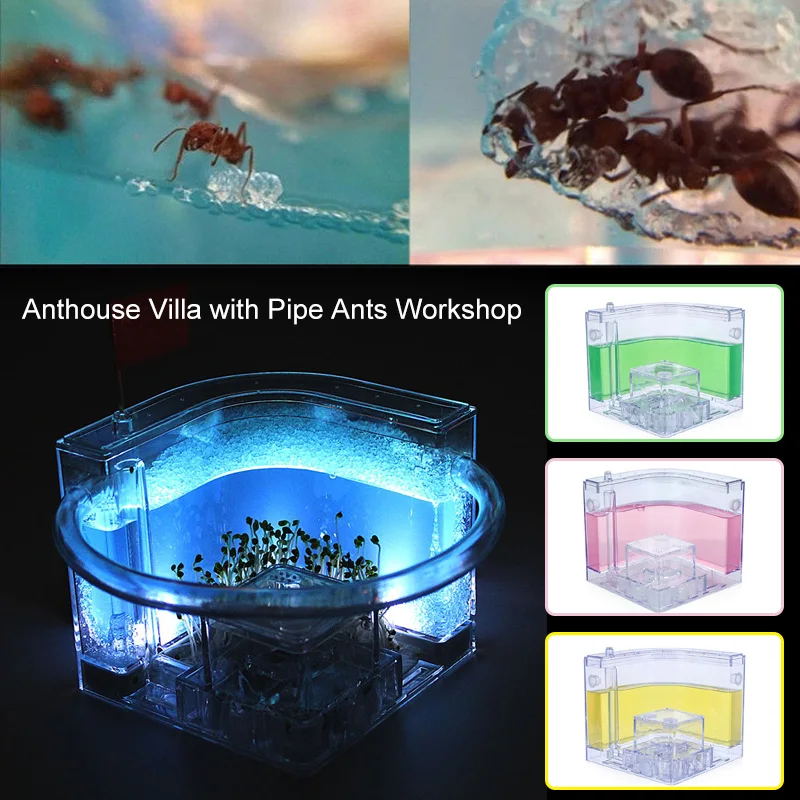
The cost of a sports car from this manufacturer is much lower - from $124 900. But the design of this sports car also used printed parts. These are mainly small elements - fragments of the lighting system, mirrors, etc. In addition, three-dimensional models of the car were used at the design stage of the car body, which was eventually made of carbon fiber.
⇡#A flying 3D printer that prints nests and fights radiation
An unusual project was also demonstrated by the Air Robotics Laboratory at Imperial College London. Through the efforts of engineers, a flying 3D printer was created. The main goal of roboticists was to create a device that can be used to clear the area of radioactive debris, for example, in an accident at a nuclear power plant.
Scientists have combined a printer with a quadcopter and developed a special program that determines the behavior of this quadcopter. With the help of sensors, the first flying quadcopter identifies the source of radioactive contamination, after which it flies up and starts printing on the surface of the object with a sticky substance. Next, the robot sends a signal to its partner, which flies up and lands on a sticky "nest". After a while, the substance solidifies, and the second porter robot flies away, carrying away the cargo contaminated with radiation. The prototype is capable of lifting a weight of up to two and a half kilograms, but British specialists intend to build an enlarged copy of these robots in the near future, which will be able to pick up loads of up to forty kilograms.
Next, the robot sends a signal to its partner, which flies up and lands on a sticky "nest". After a while, the substance solidifies, and the second porter robot flies away, carrying away the cargo contaminated with radiation. The prototype is capable of lifting a weight of up to two and a half kilograms, but British specialists intend to build an enlarged copy of these robots in the near future, which will be able to pick up loads of up to forty kilograms.
⇡#Porthole printing
Since 2010, the National Aeronautics and Space Administration has been working on the development of 3D printing technologies in low gravity conditions. During this time, NASA specialists managed to achieve good results. So, in July 2013, a pair of rocket engine injectors were successfully tested, which were subjected to high pressure and temperature (3316 degrees Celsius).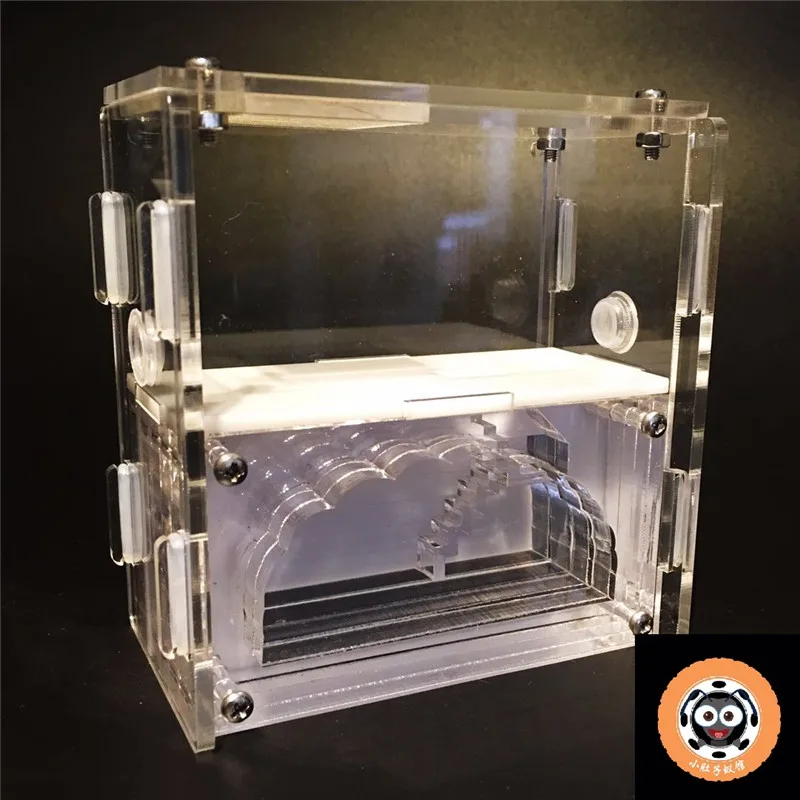 The purpose of the ongoing research is to study the possibilities of 3D printing in space and extreme conditions. The presence of such tools on board the space station can significantly reduce the cost of flights, since the crew members will be able to create the spare parts necessary for repairs on their own, and not transport them from Earth.
The purpose of the ongoing research is to study the possibilities of 3D printing in space and extreme conditions. The presence of such tools on board the space station can significantly reduce the cost of flights, since the crew members will be able to create the spare parts necessary for repairs on their own, and not transport them from Earth.
⇡#Printing under maple syrup: food on a 3D printer
Oddly enough, but one of the first prototypes of 3D printing devices can be considered ... a confectionery syringe. Long before the advent of computer technology, confectioners deftly “printed” delicious patterns from cream and dough. But then a lot depended on the individual skill and skill of a person in the kitchen. And with the advent of 3D printers, the task has become easier. It was enough to equip the printer with edible material, correct the printing principle, and the result was a tool for edible masterpieces.
Modern 3D printers can print all sorts of delicious things. For example, one of the major chocolate corporations, The Hershey Company, uses 3D printing to produce confectionery. And the help and technical support of the “chocolate printer” is provided by 3D Systems, the same company that was founded by the inventor of three-dimensional printing, Chuck Hull.
For example, one of the major chocolate corporations, The Hershey Company, uses 3D printing to produce confectionery. And the help and technical support of the “chocolate printer” is provided by 3D Systems, the same company that was founded by the inventor of three-dimensional printing, Chuck Hull.
But besides the industrial machines for the production of sweet things, there are many other small interesting food 3D printing projects.
Miguel Valenzuela, for example, built a 3D printer for his three-year-old daughter back in 2010, using the popular Lego children's set. Miguel once read an article about a British designer, Adrian Marshall, who used Lego to build a miniature pancake machine for a client. When Miguel had the imprudence to tell his eldest daughter Lily about this, she listened to her father, and then turned to her younger sister and said: “Maya! Dad is going to make a pancake machine!” When a three-year-old child demands a pancake machine, it's better not to argue, Miguel decided, and began designing such a device.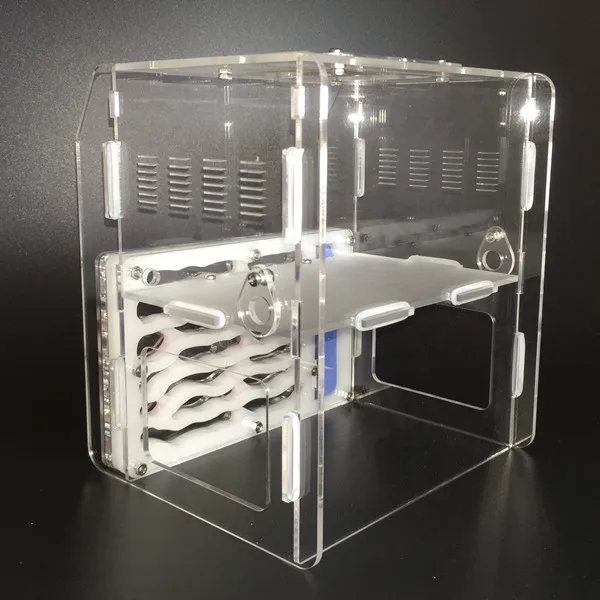 He spent six months to create this miracle, but the efforts of the head of the family were more than justified. The children were delighted with the cooked pancakes and ate them with increased appetite. It looked like this.
He spent six months to create this miracle, but the efforts of the head of the family were more than justified. The children were delighted with the cooked pancakes and ate them with increased appetite. It looked like this.
Miguel built an invented device on the Arduino platform, it was called PancakeBot and it printed pancakes beautifully. By pouring batter according to a given pattern, the PancakeBot pancake printer can make any shape, such as “build” the Eiffel Tower or draw the silhouette of an animal.
⇡#Fly in the ointment: printed weapons and a threat to health
3D printing has many advantages, however, in addition to the benefits it promises, this technology can bring harm to humanity. It all depends on the purpose for which a person will use it. You can print cases for gadgets, you can design prostheses, or you can use 3D printing to make jewelry. And you can set a goal to create a weapon aimed at the destruction of other people.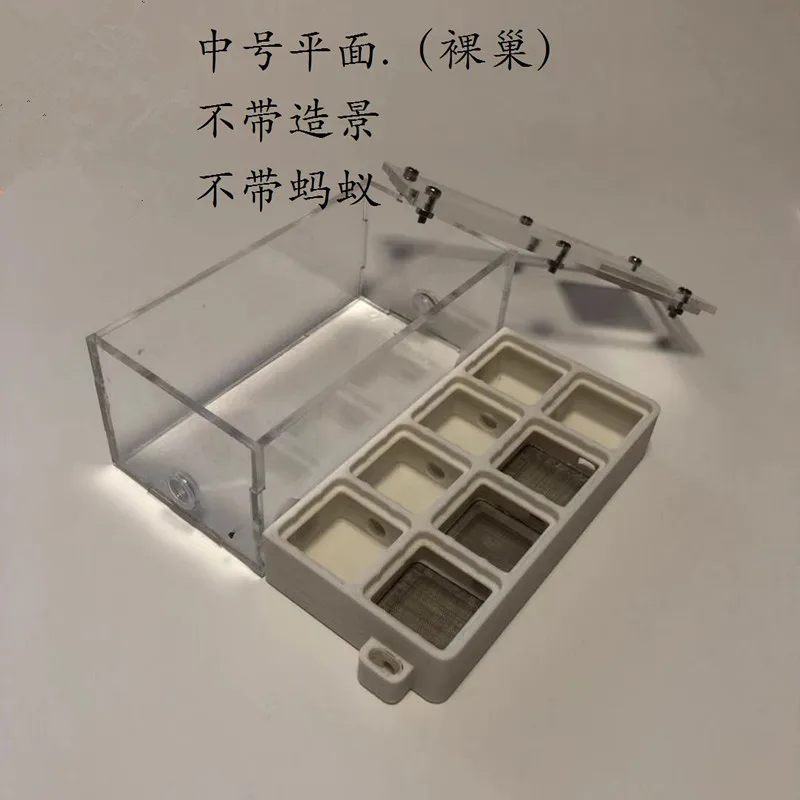 Unfortunately, this thought quickly crossed the man's mind. And as soon as 3D printers became available to the average user, there were enthusiasts who immediately offered their designs of plastic weapons.
Unfortunately, this thought quickly crossed the man's mind. And as soon as 3D printers became available to the average user, there were enthusiasts who immediately offered their designs of plastic weapons.
⇡ # Printers in service
The first model of a pistol that could be easily printed on a 3D printer was the Liberator. It was invented by a Texas student named Cody Wilson. Interestingly, at the time of the appearance of the first printed pistol, Cody had a license to develop firearms.
The Liberator's first single-shot pistol made of plastic
The Liberator was made entirely of standard consumables, with the exception of one small detail - the pistol's firing pin had to be metal. However, this is not a problem at all, since this part of the gun can simply be made from an ordinary nail.
As soon as Cody demonstrated his development, it was immediately subjected to a flurry of criticism from officials. Less than a week later, the US government passed a law restricting free access to blueprints for such devices.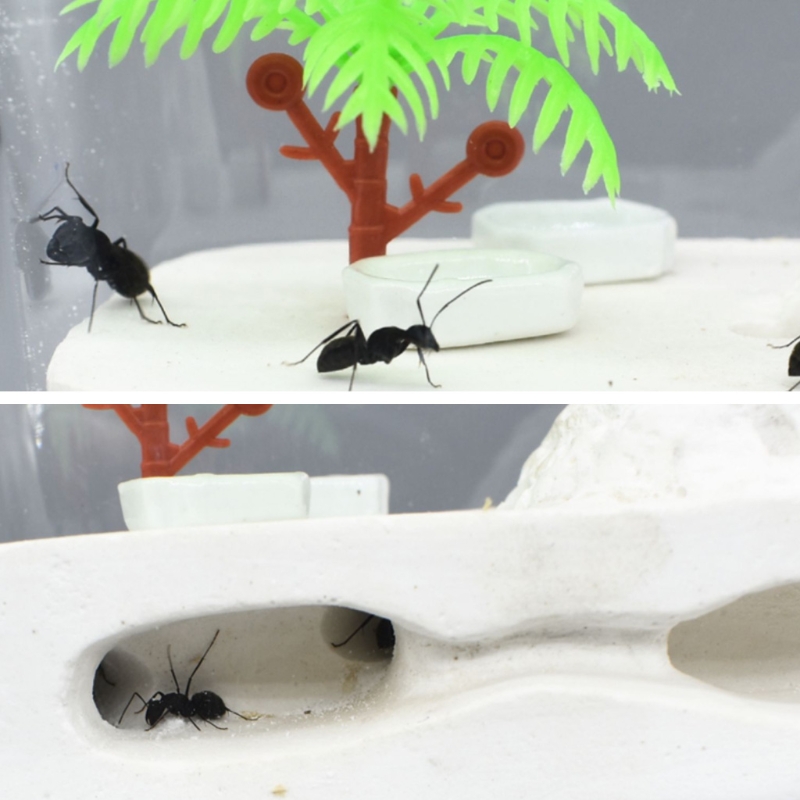
Nevertheless, it is almost impossible to control the 3D printing of weapons today. Anyone with a 3D printing device can make firearms at home.
Israeli Channel 10 reporters conducted an experiment that only added fuel to the fire of disputes over the unexpected problem of control over the production of new weapons. They smuggled an unopened pistol into the Knesset without any difficulty and were able to pass, along with the weapon, within a few steps of Prime Minister Benjamin Netanyahu.
Other Daily Mail journalists Simon Murphy and Russell Myers similarly demonstrated the extent of the problem. They unsealed the gun from documentation from the Web and, with no concealment of their cargo, were able to take the Eurostar train at rush hour and travel from London to Paris. The security service did not notice the threat, and the metal detectors could not fix the components of The Liberator, which Simon Murphy assembled without problems in a single structure in the train lavatory.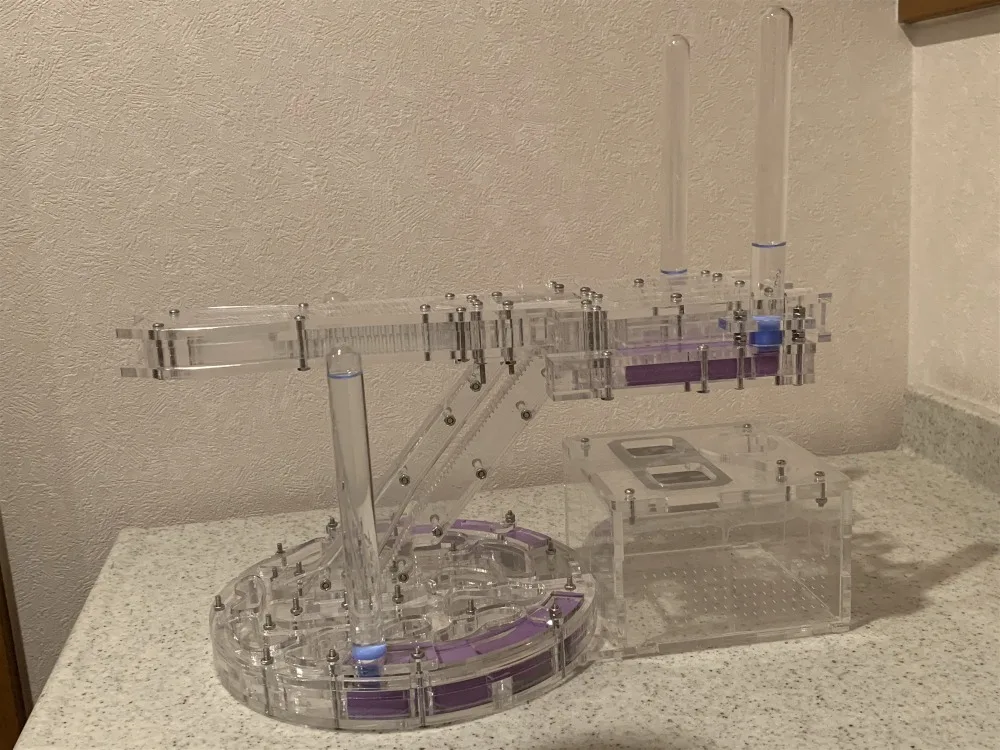
3D weapon production and distribution scandals continue unabated. One of the latest incidents took place in Japan, where gun laws are known to be very strict. Local resident Yoshimoto Imura, to his misfortune, posted a video on YouTube showing a weapon printed on a printer. After some time, the police raided his house, who confiscated several ready-made pistols.
A 27-year-old Japanese man feigned surprise and stated that he knew nothing about the illegality of his actions. He bought the printer quite legally, paying almost $600 for it, and downloaded all the necessary documentation from the Internet. Of course, Yoshimoto was cunning, because he, as a lover of weapons, should have been well aware that it was the Japanese government that had a very strict policy regarding the possession of firearms. Firearms Act of 1978 years prohibits the Japanese from owning any firearms, with very rare exceptions. Japanese citizens are allowed to own rifles or shotguns, but only if they hold a hunting license. The licensing procedure in Japan is very strict and obtaining a license is a lengthy process. This incident is interesting, first of all, because the law was first applied to unsealed weapons.
The licensing procedure in Japan is very strict and obtaining a license is a lengthy process. This incident is interesting, first of all, because the law was first applied to unsealed weapons.
Production of things using 3D printing technologies is dangerous not only because scientific progress can turn to the “dark side” for the production of weapons. Infected with the idea of easy creation of things, many do not pay any attention to the safety precautions that must be observed by the user when working with a 3D printer.
⇡#Watch out, 3D printing in progress!
According to researchers at the Illinois Institute of Technology and scientists at the National Institute of Applied Sciences in Lyon, 3D printers may pose health risks when used in the home. In 2013, a team of scientists conducted a series of studies, and it was found that when plastic is heated during the printing process, it emits up to 20-200 billion ultra-small particles into the air per minute. Their entry into the lungs and blood poses a threat to human health, especially for those who suffer from asthma.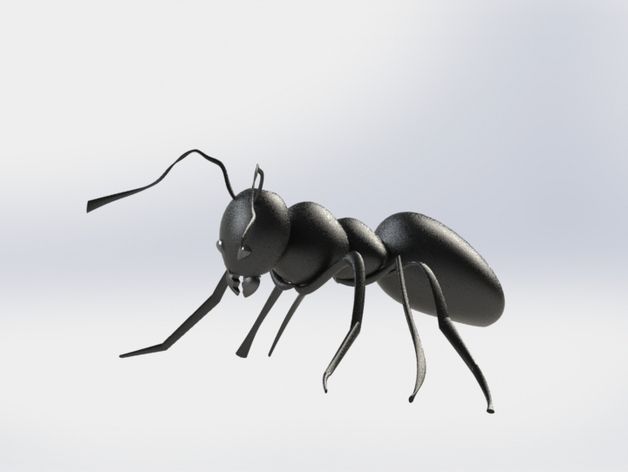
Heating of acrylonitrile butadiene styrene (ABS plastic) also releases by-products that are toxic to mammals. Of course, the degree of negative health impact largely depends on the 3D printing technology used, the design of the device, the presence of a hood, and other factors. However, in any case, it is best to print in a well-ventilated area, and the machine itself should ideally be hermetically isolated from the user during operation. At the moment, there are many artisanal designs of printers that are sold under the do-it-yourself scheme. Often these are Chinese assembly kits, where elementary security measures are not provided at all.
⇡#3D printing: what's next?
Mix of materials: printing anything
It is not difficult to predict the near future. Devices for three-dimensional printing will master more and more new types of materials. The development of technology can be strongly influenced by some new discovery, which we simply cannot predict. The only thing that can be said with certainty is that the scope of three-dimensional graphics will become wider.
The only thing that can be said with certainty is that the scope of three-dimensional graphics will become wider.
The day is not far off when the owner of a 3D printer at home will be able to print not only plastic parts, but also complex electronic devices. One of the most requested features is support for printing with multiple materials at the same time. In the future, the possibility of combining different materials opens up simply fantastic opportunities for the production of objects for various purposes. One of the prototypes of such a device is a printer called Rabbit Proto, created by graduates of Stanford University.
The design of this "pilot" printer includes two modules - a module for standard ABS 3D printing and an additional head that works as a nozzle for precise injection of conductive ink. This combination makes it possible to literally create electronic devices. As an example, the creator of Rabbit Proto demonstrates how easy it is to make a Nintendo-like game controller using such a 3D printer.
The designer guarantees the compatibility of its nozzle with most modern RepRap printers. It is assumed that a completely ready-to-use Rabbit Proto printer will cost $ 2,500. The developer made his project open. Anyone can read the technical documentation of the device on GitHub.
3D printing, 3D scanning, 3D copying: ALL IN ONE
It is likely that the process will become more advanced and the functionality of 3D printers will expand. Already now we see the first hint of the evolution of these devices. In the same way that conventional printers have become MFPs with the ability to scan and copy, 3D printers will also learn to digitize the geometry of objects on the fly. This idea has already begun to be implemented by the engineers of the American company AIO Robotics.
ZEUS All-In-One 3D Printer
Most recently, they showed a model of a multifunctional device. A device called ZEUS All-In-One 3D Printer can print, scan, copy models. In addition, this device supports the Fax mode of operation, which allows you to transfer the model geometry to a remote print station (to a similar printer).
In addition, this device supports the Fax mode of operation, which allows you to transfer the model geometry to a remote print station (to a similar printer).
ZEUS 3D Printer should go on sale this summer. It is equipped with a seven-inch color display, can perform auto-calibration and model grid alignment, and is very easy to operate. Scanned space 9inches (diameter) x 5 inches (height), and the printable space is 8 x 6 x 5.7 inches. The printer supports a resolution of 80 microns when printing and 125 microns when scanning objects. Initially, the device will be priced at $2,499, excluding consumables.
⇡#Printing with the power of thought
Well, if you still try to imagine what 3D printing devices will look like in the future, you should discard stereotypes and conventions. The Chilean company Thinker Thing has demonstrated an amazing thing - a 3D printer controlled by a telepathic interface.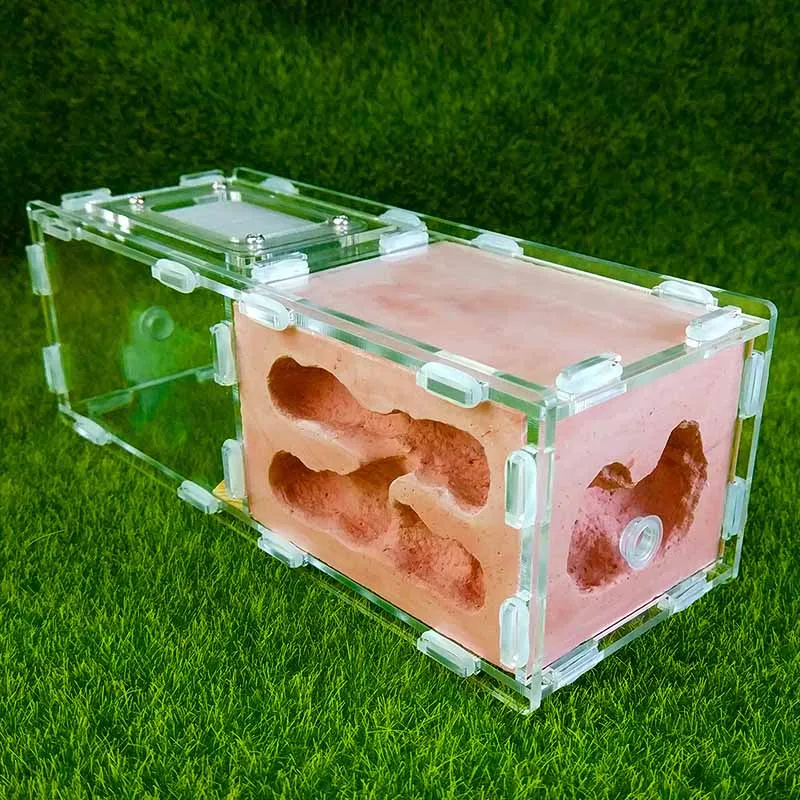 With the help of a special headset with sensors for the activity of neural connections in the brain, the user can send a three-dimensional form for printing with an effort of thought.
With the help of a special headset with sensors for the activity of neural connections in the brain, the user can send a three-dimensional form for printing with an effort of thought.
It is possible that 3D modeling will become just as easy and comfortable in the future, and in order to create a 3D masterpiece, you just need to imagine it well.
Living heart printed on a 3D printer - Kommersant FM - Kommersant
In Israel, for the first time in the world, a living heart was created on a 3D printer, which consists of tissues and blood vessels, and also has cameras. True, at the moment it can only suit a rabbit because of its small size. But scientists from the University of Tel Aviv are confident that in the future they will be able to print a heart for a person. How did you manage to create an organ on the printer? And can we talk about a revolution in medicine? Anna Nikitina and Gleb Silko will tell.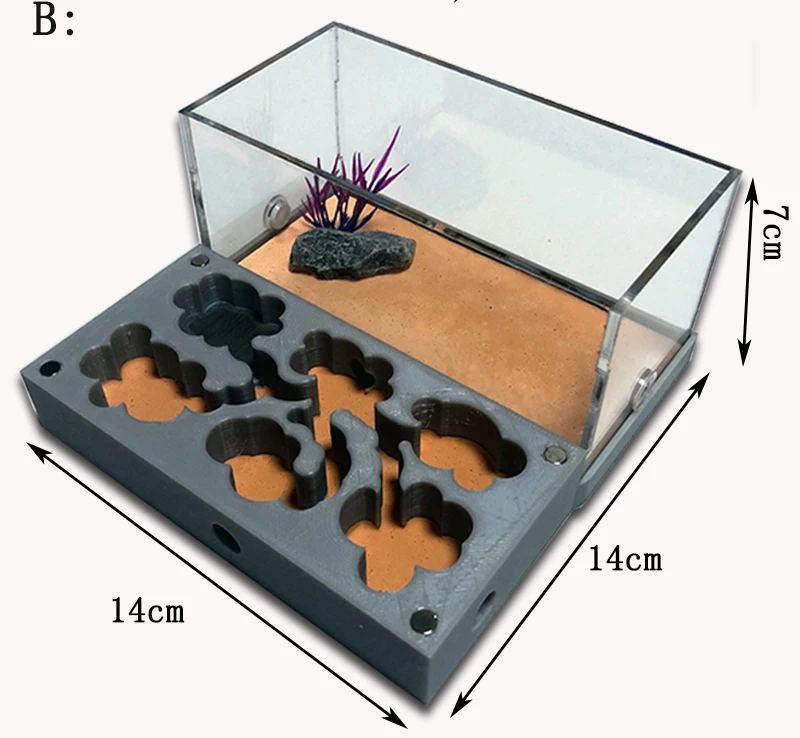
Photo: Yaroslav Chingaev, Kommersant / buy photo
The world's first heart made from a 3D printer resembles a berry: its size is about 2.5 cm, although it took more than three hours to print. However, even now the achievement of Israeli scientists is called a medical breakthrough. The heart is made from human fat cells and connective tissue. Previously, synthetic substances were used for this.
In the future, this new technology will not only solve the problem of the lack of organs for transplantation, but will also facilitate the transplantation process as much as possible, says Israeli journalist Sasha Vilensky: “The most global problem is the rejection of a transplanted organ by the body. There is always such a danger. But the whole point of interest is that in the case of a 3D printer, we are dealing with what is grown and printed from the cells of the patient himself, thus simply removing the issue of rejection.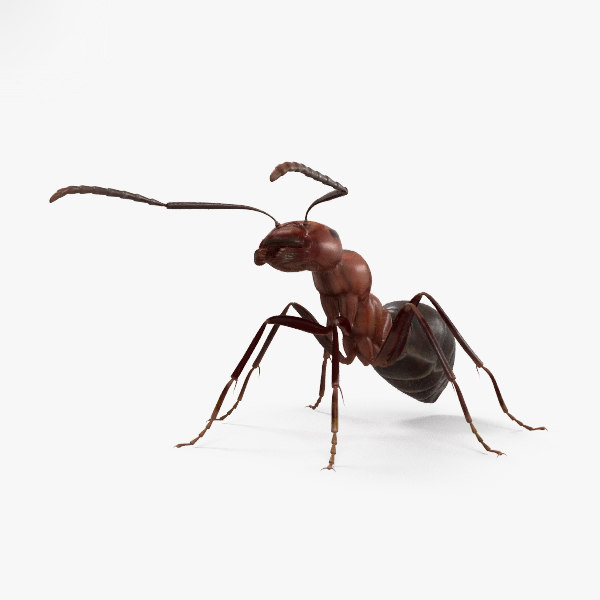 This is genius".
This is genius".
The problem of organ shortages around the world is really acute. In Russia, for example, in 2017, there were only 900 donors per 6 million people. And the most complex organ - the heart - was transplanted 250 times in a year, while it required almost 2 million people. The experience of Israeli scientists in printing hearts is impressive, and it can be used in other countries, says Yousef Hesuani, executive director of the 3D Bioprinting Solutions laboratory. True, according to him, it is still too early to talk about a revolution in medicine: “Scientists have used a very interesting material based on collagen - this is a protein in the body of mammals. In addition, it is from the point of view of creating a complex three-dimensional structure that the researchers are great, they did a really good job. However, the form does not yet determine the function, especially if we are talking about such a complex organ as the heart.
New approaches have been used, but unfortunately it is too early to say that there has been an incredible breakthrough in this area.
When, for example, the native organ is removed and a new one is transplanted, and the function is fully restored, this will become an unconditional revolution.”
Tel Aviv University itself, where the heart was printed, says that in the future the necessary organs can be printed directly in hospitals. Now similar developments are being carried out all over the world. Russian companies, for example, are trying to create an artificial liver and kidneys. True, this process is too expensive, and it is unlikely that in the near future the technology will be introduced on a mass level, says the director of the National Medical Center for Transplantation and Artificial Organs. Shumakova Sergei Gauthier: “What the Israeli doctors did is just great. This proves that these possibilities can really be used to create some kind of anatomical structures. As for other organs, such as the kidney and liver, our institute is also working on this. We also have bioprinters, but frankly, growing such tissue complexes is a rather complicated and expensive technology, which is very different from the traditional method of organ transplantation.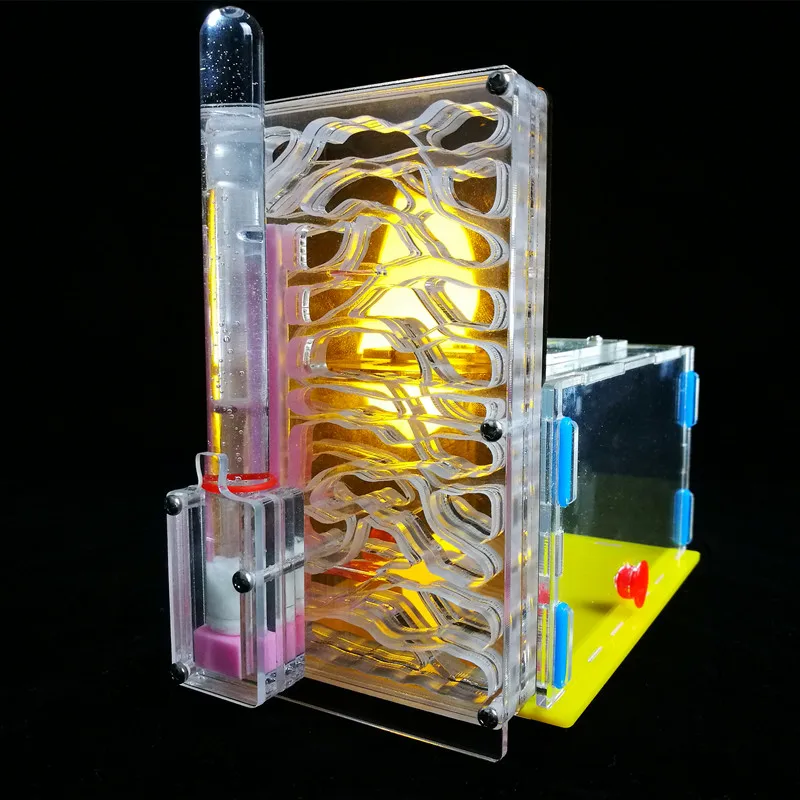


:quality(80)/images.vogel.de/vogelonline/bdb/1696600/1696673/original.jpg)
